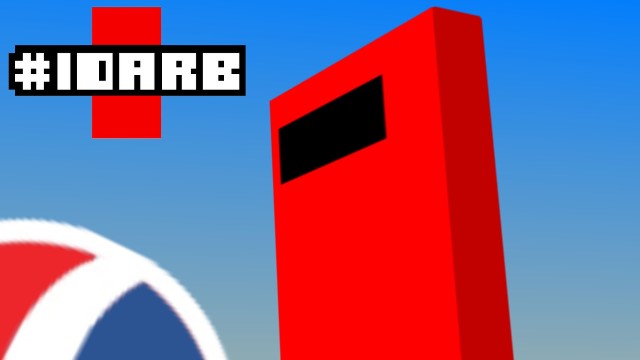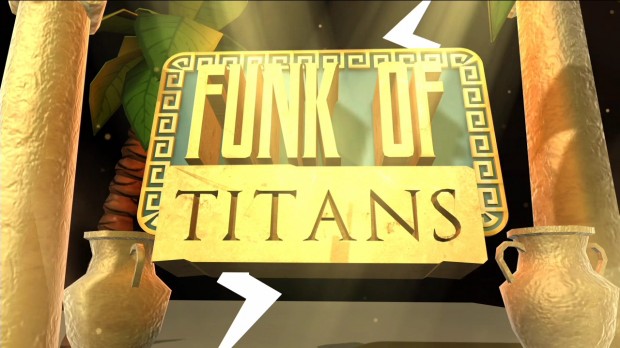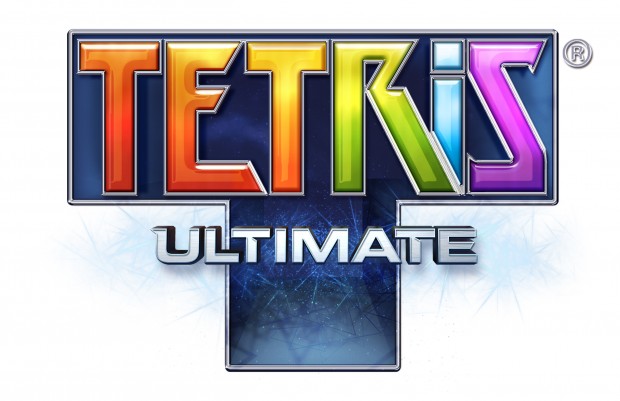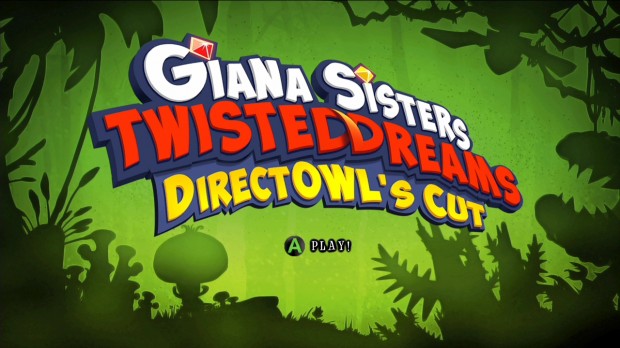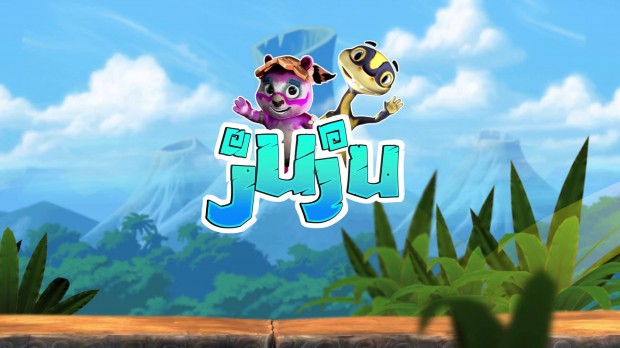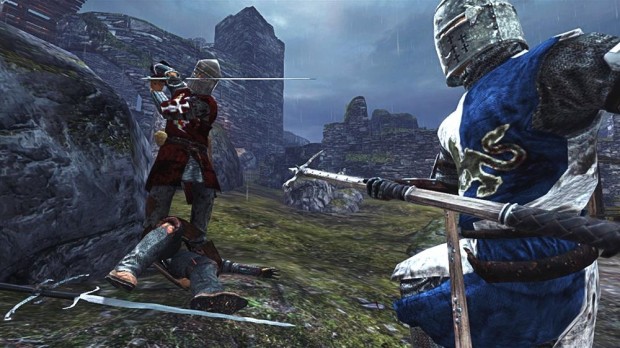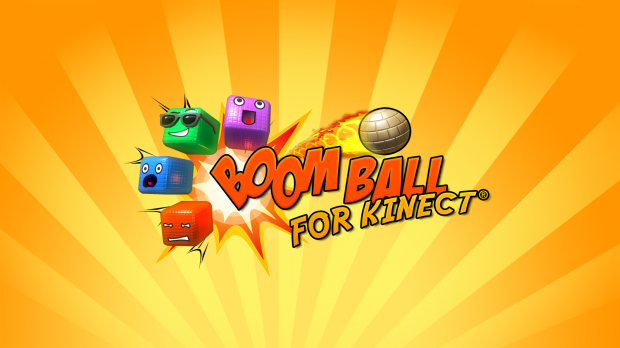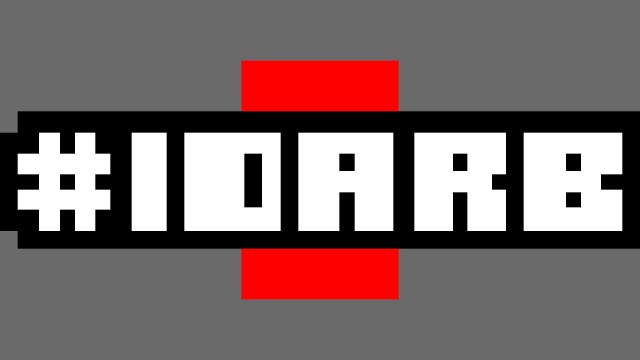 11 years ago
11 years ago
#IDARB review (Xbox One)
#IDARB is scheduled for release on Xbox One in February 2015 and will be free for all Xbox Live Gold subscribers. It was developed by Other Ocean Interactive (and the people of the internet) and published by Other Ocean Interactive. A copy of the game was provided by Other Ocean for review purposes.
Based on what I have read over the past week or two, the gaming press have been generally disappointed by a lack of both quality and innovation across almost all platforms in 2014. Many of the most anticipated games of last year were sequels or remakes. Worse still, almost all of the triple-A holiday releases were clearly rushed, unfinished and in some cases almost entirely unplayable. It seems fitting to me then that one of the first key indie releases of 2015, #IDARB, is the complete opposite of these bloated, cynical big-studio productions in every way. Let me tell you all about it.
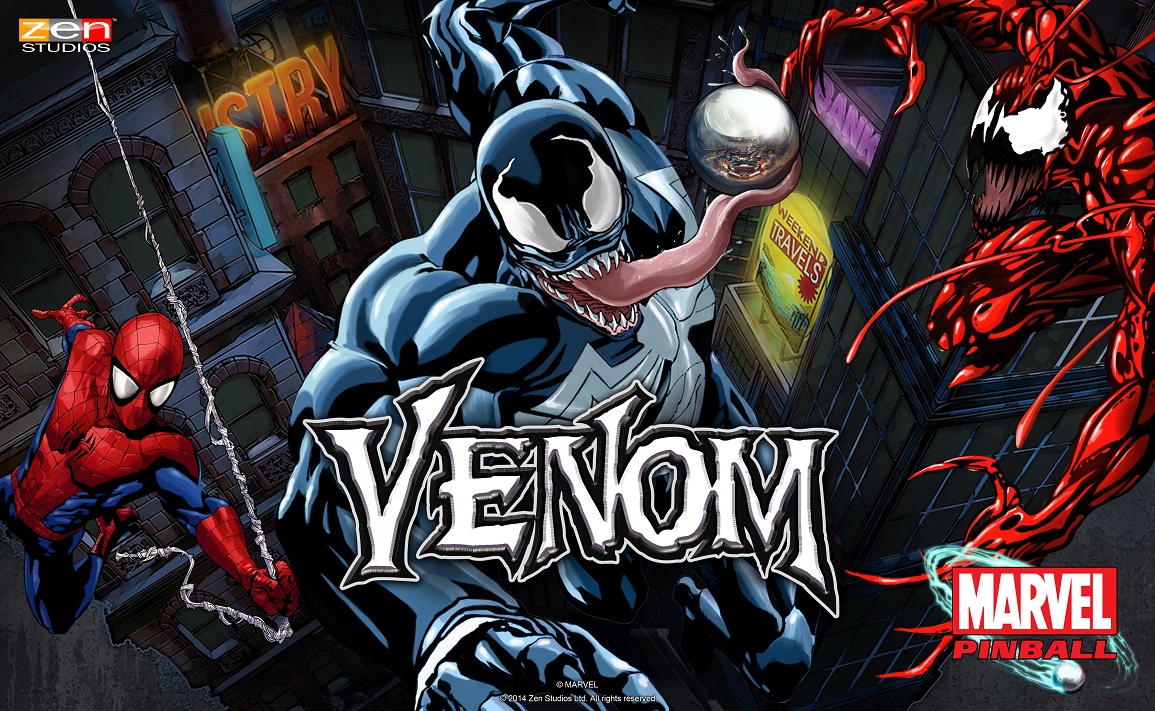 11 years ago
11 years ago
Pinball FX2: Venom review (Xbox One DLC)
The newest Marvel villain to have their own table in Pinball FX2 is Spider-man’s arch-enemy, Venom. With previous Marvel-themed tables, Zen Studios has gone one of two ways: they either incorporate the theme of a recent Marvel movie or they follow a theme from the comics. Released on December 12, 2014 for both the Xbox 360 and the Xbox One, Marvel’s Venom table for Pinball FX2 goes the latter route and incorporates a theme straight from the comic books.
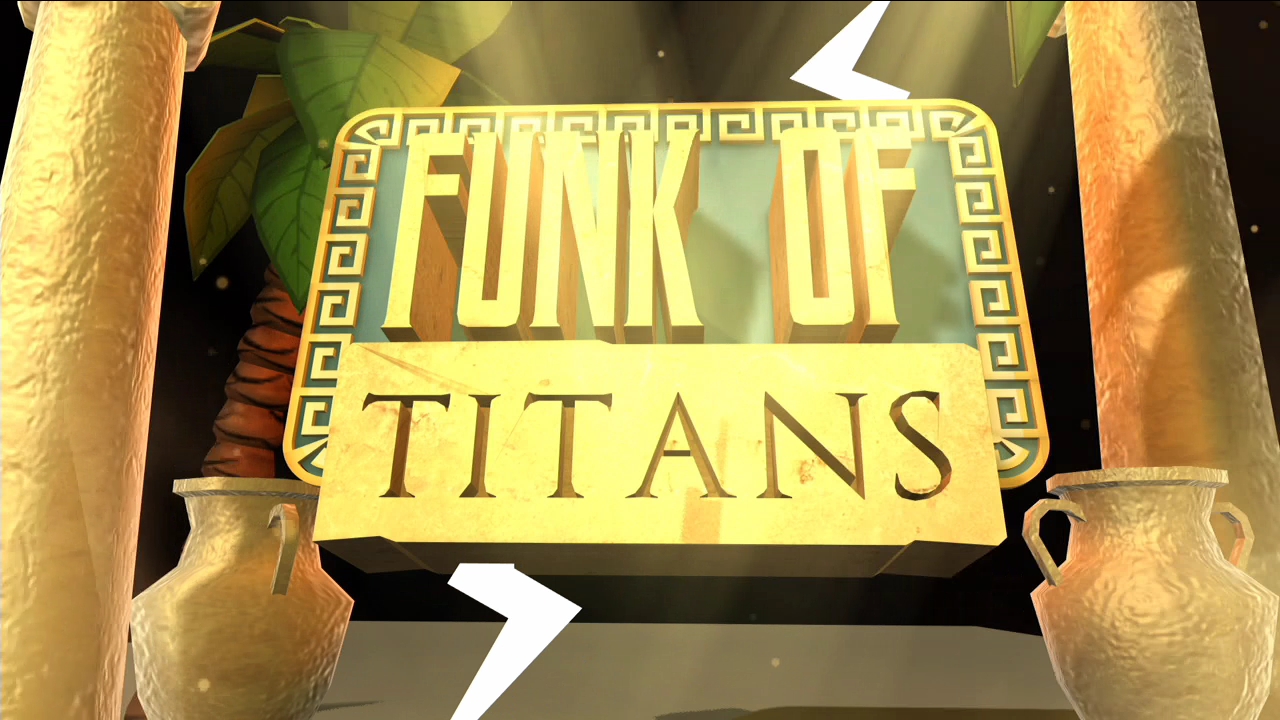 11 years ago
11 years ago
Funk of Titans review (Xbox One)
Funk of Titans was developed and published on Xbox One by A Crowd of Monsters. It was released on January 9, 2015 for $12.49. A copy was provided by A Crowd of Monsters for review purposes.
“Cool Daddy-o!”
It’s motivational speaking at its finest, and it comes from main character Perseus, to whom Zeus has assigned the task of defeating the Music Titans. The player is sent to clear three different worlds of music consisting of Pop, Rap and Rock. At first glance of screenshots and trailers of the game, I assumed this was another traditional platformer in which the player runs and jumps and attacks on command. Nope. Funk of Titans is actually a runner-type game in which the character automatically runs, and the player commands the jumping and combat. This revelation completely changed my outlook on the game. Let’s dig into the finer details of how it did so.
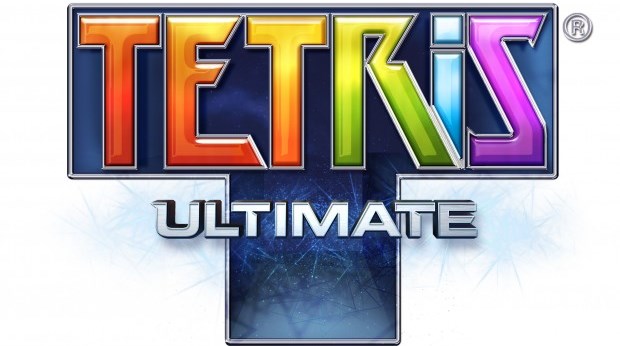 11 years ago
11 years ago
Tetris Ultimate review (Xbox One)
Tetris Ultimate was developed by SoMA Play Inc. and published by Ubisoft on Xbox One. It was released on December 17, 2014 for $9.99. A copy was provided by Ubisoft for review purposes.
I’m a huge Tetris fan. Ever since summer camp and the original Game Boy version (1989), I’ve probably played 20 or more different renditions of the classic puzzler across every system I’ve ever owned. So when the opportunity came to try out a brand new version, Tetris Ultimate, for the new next-generation Xbox One, of course I jumped at it.
You probably already know the basics, but just in case you didn’t, Tetris has you dropping different-shaped blocks into a playing field in attempts to create and clear lines of blocks. It’s simple, fun and addictive. So how does Tetris Ultimate add to the formula?
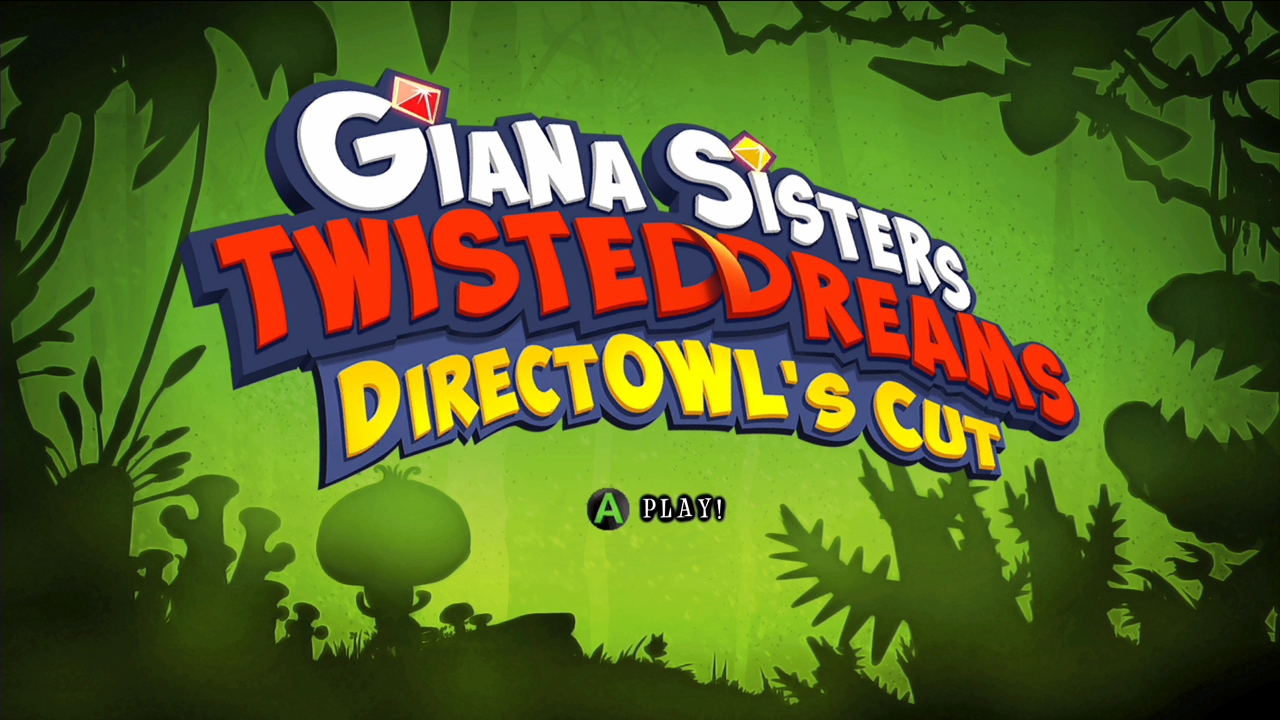 11 years ago
11 years ago
Giana Sisters Twisted Dreams – Director’s Cut review (Xbox One)
Giana Sisters Twisted Dreams – Director’s Cut was developed and published by Black Forest Games on the Xbox One. It was released on December 12, 2014 for $14.99. A copy was provided for review purposes.
The Giana Sisters started off in a title known as The Great Giana Sisters which was released in 1987 on the Commodore 64. The title caused many controversies as the game’s design was incredibly similar to another popular platformer released at that time, Super Mario Bros. As a result, the brand went quiet for many years. Fast forward to 2012, Black Forest Games was successfully funded by a Kickstarter campaign for a project known as Project Giana. After more time passed, Giana Sisters Twisted Dreams was released on the Xbox Live Marketplace for the Xbox 360 on March 20, 2013. Moving ahead to current times, Giana Sisters Twisted Dreams – Director’s Cut was released on the Xbox Live Marketplace for the Xbox One on December 12, 2014.
When I first got a hold of Giana Sisters Twisted Dreams – Director’s Cut, I thought to myself, this is going to be great. Giana Sisters Twisted Dreams for the Xbox 360 was a blast and I’m excited to see the new improvements and extra content that is included in the Director’s Cut. After playing through the game extensively to provide a quality review, I’m at a loss for words to describe my experience. Then I found it. Let me show you below.
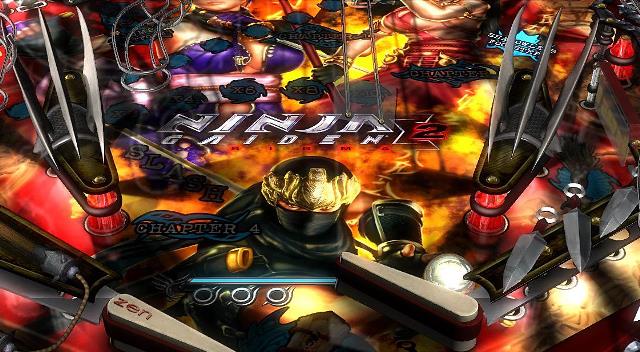 11 years ago
11 years ago
Pinball FX2: Ninja Gaiden Sigma 2 review (Xbox One DLC)
On December 4, 2014 an old evil villain was re-awoken in Tokyo when the Ninja Gaiden Sigma 2 (NGS2) table was released for Pinball FX2 on the Xbox One. You play as Ryu and team up with three other teammates to confront this evil and attempt to “jump” your way to defeat it. Not having played the actual NGS2 game (a PlayStation 3 exclusive title), I at first felt a disconnection with this table. I was “going though the motions” while beginning to play it, but that doesn’t mean it can’t still make for one exciting table. The last couple tables that have released for Pinball FX2 (South Park and The Walking Dead) have had intricate, detailed missions to attempt with multiple ramps to try and consistently hit.
In contrast to those examples, the NGS2 table, originally made for Zen Pinball on the PlayStation 3, and it shows. There is a large open middle section in the table where the ball will pick up a lot of speed. With only three short ramps to hit, a much quicker response or more precise timing is required on the flippers to hit them. The NGS2 table also brings a new platform jumping mechanic that is unique to this table and a fresh new aspect and challenge to a game that I have been playing for many, many years.
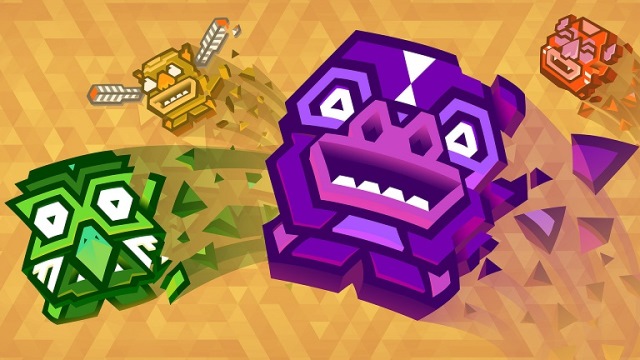 11 years ago
11 years ago
Kalimba review (Xbox One)
Kalimba was developed and published by Press Play on Xbox One. It was released on December 17, 2014 for $9.99. A copy was provided by Press Play for review purposes.
A funny thing happens while playing Kalimba, Press Play’s new puzzle-platformer for Xbox One. Your brain will shut off and you will go into auto-pilot. It might happen on your first attempt at a colorful new level, or it might happen during your 60th try at said level. But the stars will inevitably align, and the next thing you know, you’ll have made it to a new checkpoint that you had previously thought impossible to reach.
Kalimba has you controlling two totem pieces in tandem as you use both sides of your brain — and some really clever power-ups — to maneuver your way past enemies and through traps and puzzles. It’s not the first game I’ve seen in which you have to control two characters at once, but I think it just might be the best.
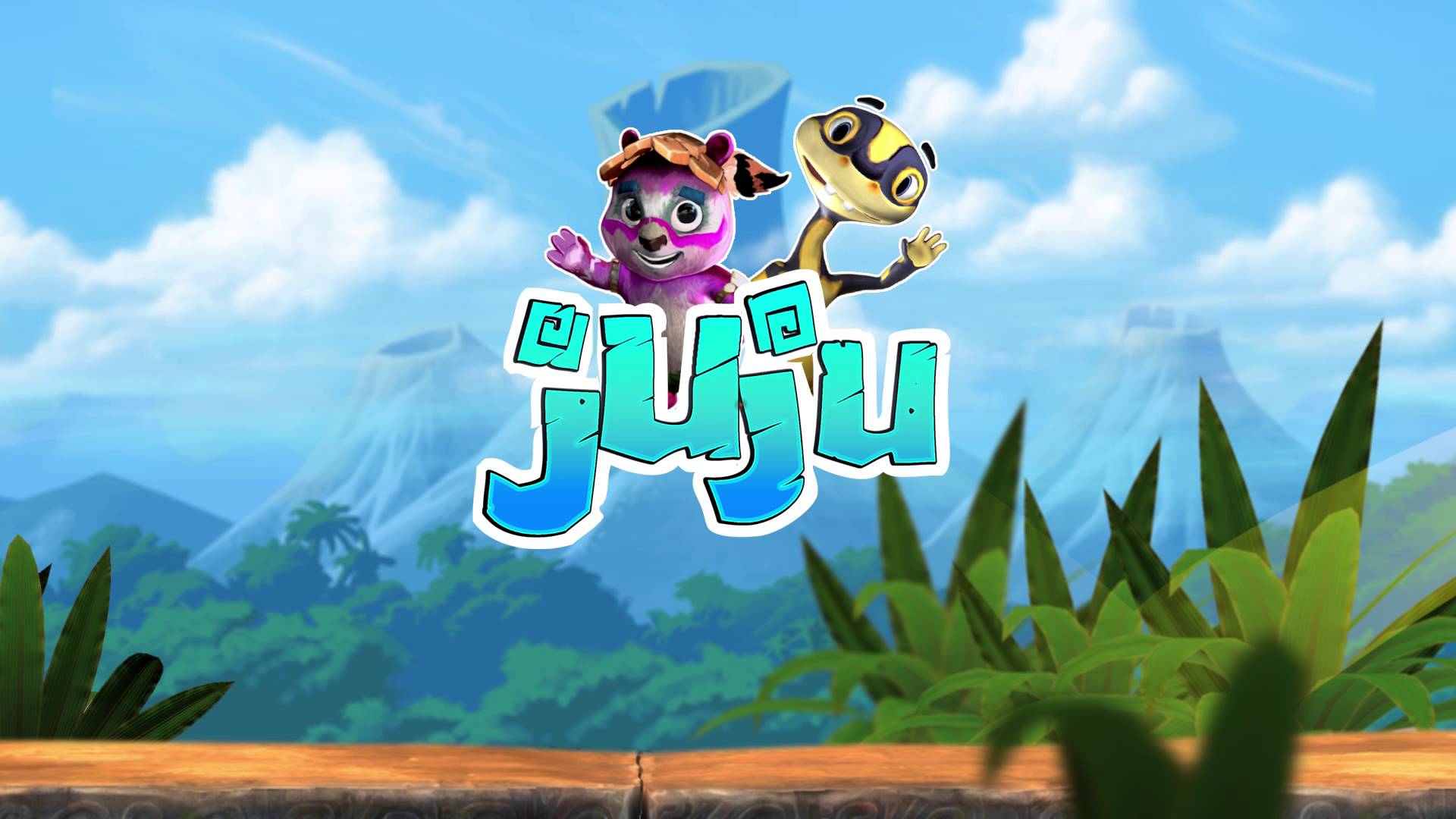 11 years ago
11 years ago
JUJU review (XBLA)
JUJU was developed by Flying Wild Hog and published on Xbox 360 by Nordic Games. It was released December 9, 2014 for $14.99. A copy was provided for review purposes.
So what is JUJU? I’m not able to tell you that. I completed the game, and I have no idea if JUJU is the main character’s name, or the world it lives in, or the totems you need to collect. What I do know is that JUJU is an increasingly rare XBLA title, and it has a terrible name for which to use in a Google search.
JUJU is a happy-go-lucky side-scrolling platformer that’s all about the colorful visuals. The game looks like a toddler’s fever dream, filled with giant toys and smiling unnaturally colored animals. It’s about as kid-friendly as kid-friendly gets, even going so far as to have a main menu that only uses pictures. Unfortunately, the game has a severe case of style over substance, as its core gameplay is not as fun and whimsical as you might expect. JUJU feels like an uninspired re-skin of similar titles, and attempting to finish it quickly becomes a chore.
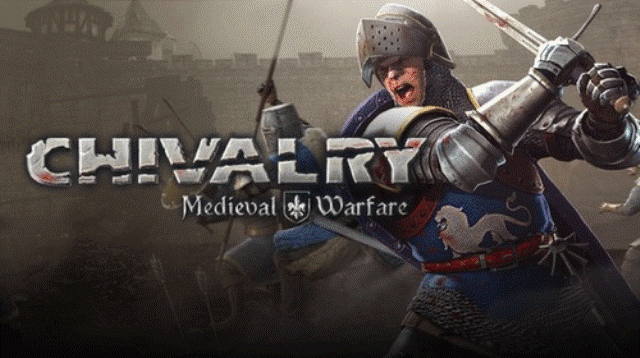 11 years ago
11 years ago
Chivalry: Medieval Warfare review (Xbox 360)
Chivalry: Medieval Warfare was developed by Torn Banner Studios and published by Activision for Xbox 360. It was released December 3, 2014 for $14.99. A copy was provided for review purposes.
Within the first five minutes of booting up Chivalry: Medieval Warfare, I was absolutely certain that I would hate it. After a year packed full of dazzling next-generation titles delivered via the might of Xbox One, I was ill-prepared for Chivalry‘s low-res textures and clunky combat; in fact, the whole thing repulsed me. Regardless, I ploughed grimly forward like one of the stoic feudal knights to whom Chivalry pays homage, chopping, hacking and bludgeoning my way through one foe after another – and as the body count mounted, so did my respect for this brutal, bloody title.
Battles take place between the rival forces of the Mason Order (bad/red) and the Agatha Knights (good/blue) as they vie for control of their fictional kingdom. Whilst it is possible to play against up to seven AI bots, the real fun can be found in multiplayer battles featuring 12 human combatants. Each player chooses a class from the four available, including an archer and three melee fighters ranging from light through to heavy in terms of their weaponry and armour. More on that later, though; let’s cut right to the bone and find out if Chivalry is worth your hard-earned cash.
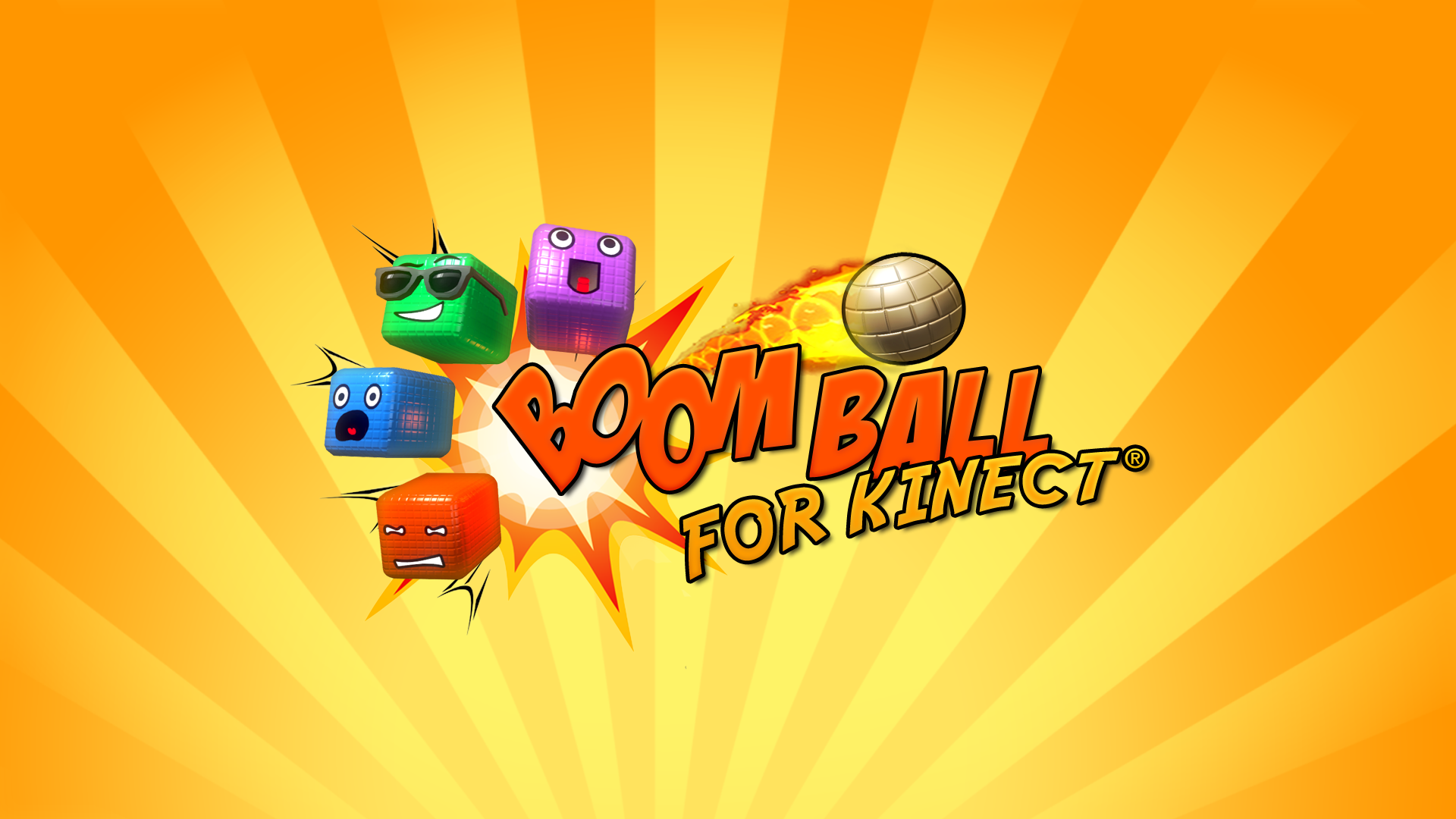 11 years ago
11 years ago
Boom Ball for Kinect review (Xbox One)
Boom Ball for Kinect was developed and published by Virtual Air Guitar Company on Xbox One. It was released on November 28, 2014 for $9.99. A copy was provided by Virtual Air Guitar Company for review purposes.
Raise your hand if your favorite Kinect-based experience was the “Rally Ball” game in the original Kinect Adventures on Xbox 360. Me too! Well, good news — now we’ve got that same idea expanded into a full ID@Xbox game in the form of Boom Ball for Kinect.
If you’re like me, the idea of a first-person, 3D, motion-controlled Brick Breaker sounds like an absolute blast. Indie studio Virtual Air Guitar Company seems to agree and created 55 levels of brick breaking to satisfy that craving. The only question: is it any good?

